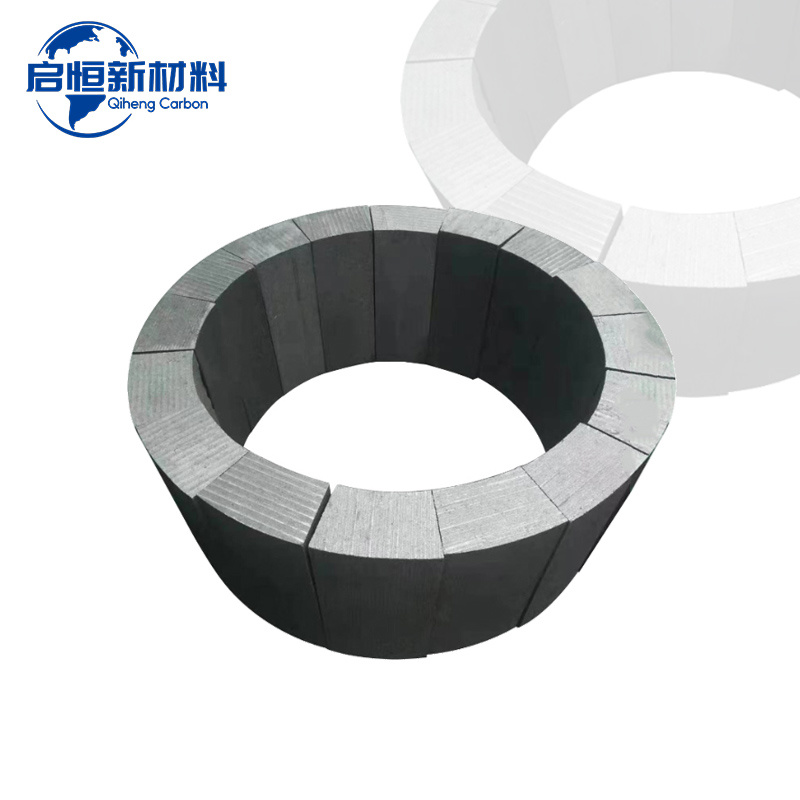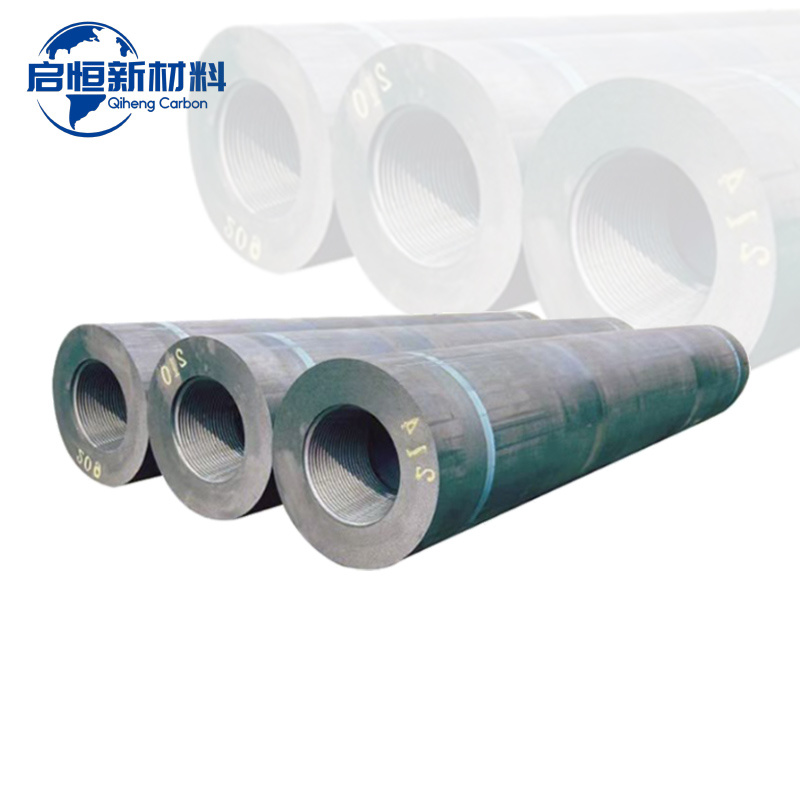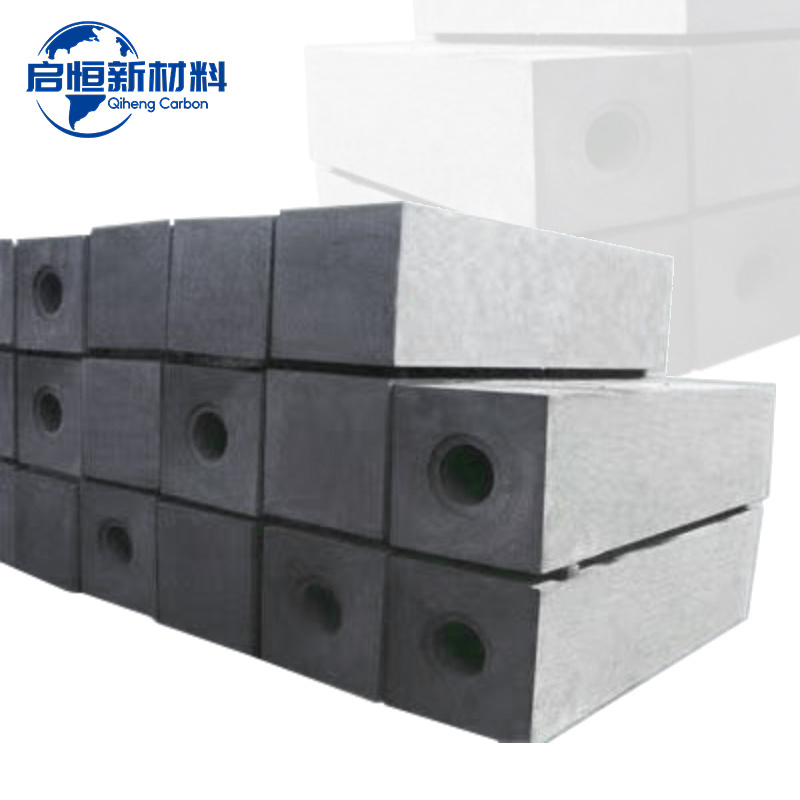Exploring the Role of Graphite Electrode Carbon Bricks in Metallurgical Processes
Summary:
Graphite electrode carbon bricks have emerged as essential components in various metallurgical processes, particularly in electric arc furnaces (EAF) and other high-temperature applications. These bricks are primarily composed of high-purity graphite, which provides superior thermal conductivity, chemical stability, and mechanical strength under extreme conditions. Their unique properties make the

Graphite electrode carbon bricks have emerged as essential components in various metallurgical processes, particularly in electric arc furnaces (EAF) and other high-temperature applications. These bricks are primarily composed of high-purity graphite, which provides superior thermal conductivity, chemical stability, and mechanical strength under extreme conditions. Their unique properties make them indispensable for industries that rely on efficient energy consumption and high-performance materials.
One of the key advantages of graphite electrode carbon bricks is their ability to withstand intense thermal cycles without significant degradation. This property is crucial in environments where temperature fluctuations are frequent, thereby ensuring the longevity and reliability of the furnace lining. Moreover, the low thermal expansion coefficient of these bricks minimizes the risk of thermal shock, which can lead to cracking and failure of the refractory lining.
In addition to thermal stability, graphite electrode carbon bricks exhibit excellent resistance to oxidation and corrosion. This resistance is particularly vital in metallurgical applications where aggressive environments may be present. The bricks' ability to maintain structural integrity in the face of chemical attacks enhances the overall efficiency of the metallurgical processes they are involved in, leading to improved product yields and reduced downtime.
The manufacturing process of graphite electrode carbon bricks involves the careful selection of raw materials, followed by a series of high-temperature treatments. These treatments ensure that the final product has the desired density and porosity, which are crucial for optimal performance in industrial applications. Advanced techniques such as iso-static pressing and vibration molding are often employed to achieve uniformity and consistency in the properties of the bricks.
Moreover, the use of graphite electrode carbon bricks can significantly contribute to energy efficiency. Their high thermal conductivity allows for better heat retention within the furnace, reducing energy consumption during production. This aspect is particularly important in an era where sustainability and cost-effectiveness are paramount in industrial operations.
In conclusion, graphite electrode carbon bricks play a pivotal role in the metallurgy sector, offering a combination of thermal stability, chemical resistance, and energy efficiency. Understanding their properties and applications can help professionals in the industry make informed decisions regarding material selection and process optimization. As technology advances, the development of these high-performance materials continues to evolve, providing even more opportunities for innovation in metallurgical processes.
One of the key advantages of graphite electrode carbon bricks is their ability to withstand intense thermal cycles without significant degradation. This property is crucial in environments where temperature fluctuations are frequent, thereby ensuring the longevity and reliability of the furnace lining. Moreover, the low thermal expansion coefficient of these bricks minimizes the risk of thermal shock, which can lead to cracking and failure of the refractory lining.
In addition to thermal stability, graphite electrode carbon bricks exhibit excellent resistance to oxidation and corrosion. This resistance is particularly vital in metallurgical applications where aggressive environments may be present. The bricks' ability to maintain structural integrity in the face of chemical attacks enhances the overall efficiency of the metallurgical processes they are involved in, leading to improved product yields and reduced downtime.
The manufacturing process of graphite electrode carbon bricks involves the careful selection of raw materials, followed by a series of high-temperature treatments. These treatments ensure that the final product has the desired density and porosity, which are crucial for optimal performance in industrial applications. Advanced techniques such as iso-static pressing and vibration molding are often employed to achieve uniformity and consistency in the properties of the bricks.
Moreover, the use of graphite electrode carbon bricks can significantly contribute to energy efficiency. Their high thermal conductivity allows for better heat retention within the furnace, reducing energy consumption during production. This aspect is particularly important in an era where sustainability and cost-effectiveness are paramount in industrial operations.
In conclusion, graphite electrode carbon bricks play a pivotal role in the metallurgy sector, offering a combination of thermal stability, chemical resistance, and energy efficiency. Understanding their properties and applications can help professionals in the industry make informed decisions regarding material selection and process optimization. As technology advances, the development of these high-performance materials continues to evolve, providing even more opportunities for innovation in metallurgical processes.
Focus On Hot Spots
RP Graphite Electrodes: Transforming Conductivity in Metallurgical Processes
RP Graphite Electrodes: Enhancing Conductivity in Metallurgical Applications
Table of Contents
1. Introduction to RP Graphite Electrodes
2. Understanding Graphite and Its Properties
3. The Role of RP Graphite Electrodes in Metallurgy
4. Benefits of Using RP Graphite Electrodes
5. The Manufacturing Process of RP Graphite Electrodes
6. Applications of RP Graphite Electrodes
The Essential Guide to Graphite Blocks in Metallurgy and Energy Industries
Graphite blocks are pivotal materials in the metallurgy and energy industries, particularly within the non-metallic mineral products sector. These blocks, made from natural or synthetic graphite, possess unique properties that make them suitable for a wide range of applications. One of the most notable characteristics of graphite is its excellent thermal and electrical conductivity. This property









